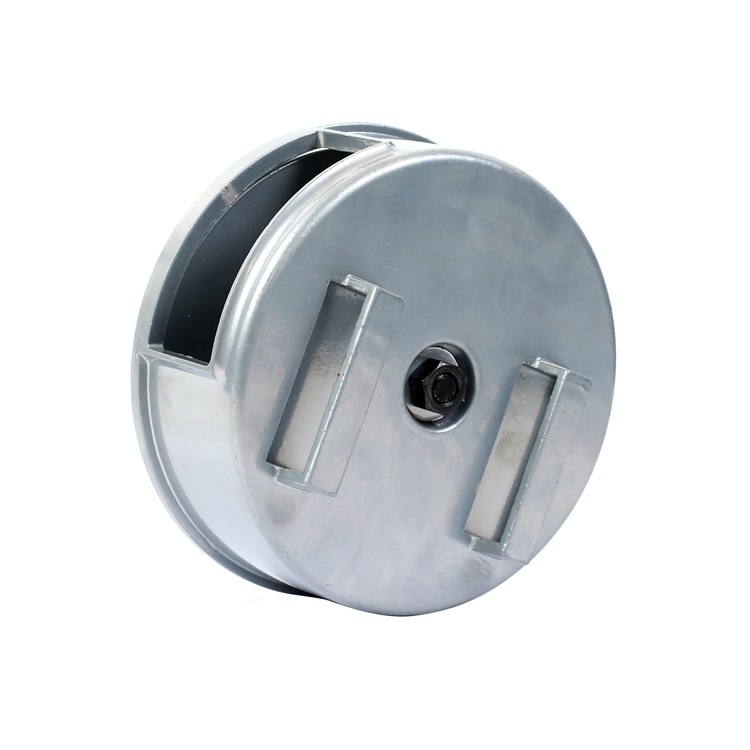Choosing the Right Anchor Bolts for Concrete Factory Applications
Anchor Bolts for Concrete Factories A Comprehensive Guide
Anchor bolts play a crucial role in the stability and integrity of structures, particularly in concrete factories where heavy machinery and equipment are standard. These robust components are essential for securing equipment to concrete foundations, ensuring safety, efficiency, and structural reliability. This article delves into the significance, types, installation techniques, and best practices associated with anchor bolts in concrete factories.
Understanding Anchor Bolts
Anchor bolts are heavy-duty fasteners used to attach objects or structures to concrete. They are designed to transfer loads, resist tension, and prevent lateral movement. In concrete factories, their primary role is to anchor machinery such as mixers, conveyors, and other heavy equipment to the concrete floor, preventing any displacement during operation.
Types of Anchor Bolts
There are several types of anchor bolts commonly used in concrete factories, each designed to meet specific requirements
1. L-Shaped Anchor Bolts These bolts feature a 90-degree bend and are typically embedded in concrete with one end exposed for attaching machinery. They are suitable for various applications due to their excellent load-bearing capacity.
2. Straight Anchor Bolts These are long, straight rods with a threaded end. They are often used in conjunction with a nut and washer system to secure machines to the concrete base.
3. Epoxy-Coated Anchor Bolts These bolts are coated with a layer of epoxy to protect against corrosion, making them suitable for environments where moisture or chemicals may be present.
4. Expansion Anchor Bolts Designed for use in pre-drilled holes, expansion anchor bolts expand against the concrete as they are tightened, providing a secure hold. They are ideal for non-structural components or where drilling through the concrete slab is possible.
Installation Techniques
Proper installation of anchor bolts is vital for ensuring their effectiveness and performance
. Here are some critical steps to follow during installation1. Site Assessment Before installation, assess the site and determine the load requirements for the machinery being anchored. Understanding the type of machinery will dictate the size and type of anchor bolts needed.
anchor bolts for concrete factories

2. Foundation Preparation A solid concrete foundation is essential. Ensure that the concrete is cured adequately, as poorly cured concrete can compromise the bolt's holding capacity.
3. Positioning Accurately position the anchor bolts according to the machinery's layout. Templates can be utilized to maintain precise spacing and alignment during the installation process.
4. Drilling For expansion anchor bolts, drill holes to the appropriate diameter and depth. Ensure that the holes are clean and free from debris for optimal performance.
5. Securing the Bolts Insert the anchor bolts into their designated holes, ensuring they are vertical and aligned correctly. For stud bolts, nuts and washers should be added and tightened according to manufacturer specifications.
6. Inspection After installation, conduct a thorough inspection to ensure all bolts are secure and properly aligned. Regular inspections post-installation are recommended to identify any signs of wear or loosening.
Best Practices
To enhance the longevity and performance of anchor bolts in concrete factories, follow these best practices
- Regular Maintenance Periodic checks and maintenance can prevent issues caused by corrosion or loosening.
- Quality Materials Invest in high-quality anchor bolts and accessories that are suited for the specific environmental conditions of the factory.
- Consultation with Experts Engage with structural engineers or professionals experienced in anchor bolt installations for tailored advice and support.
Conclusion
Anchor bolts are indispensable components in concrete factories, vital for the safety and efficiency of heavy machinery operations. Understanding the different types, installation techniques, and best practices ensures that these critical fasteners perform effectively, maintaining the structural integrity of the factory. By prioritizing proper installation and maintenance, operators can safeguard their equipment and enhance operational reliability in the demanding environment of concrete production.
-
Wire Mesh Solutions for Modern Industrial Needs
NewsJul.17,2025
-
Steel Wire Powers Modern Industrial Applications
NewsJul.17,2025
-
Iron Nails Big Iron Nail Price Guide Bulk Buyers
NewsJul.17,2025
-
Durable T Post Solutions for Industrial Fencing Projects
NewsJul.17,2025
-
Durable Hexagonal Wire Netting For Modern Applications
NewsJul.17,2025
-
Building Material Wholesale Solutions for Modern Construction Needs
NewsJul.17,2025














